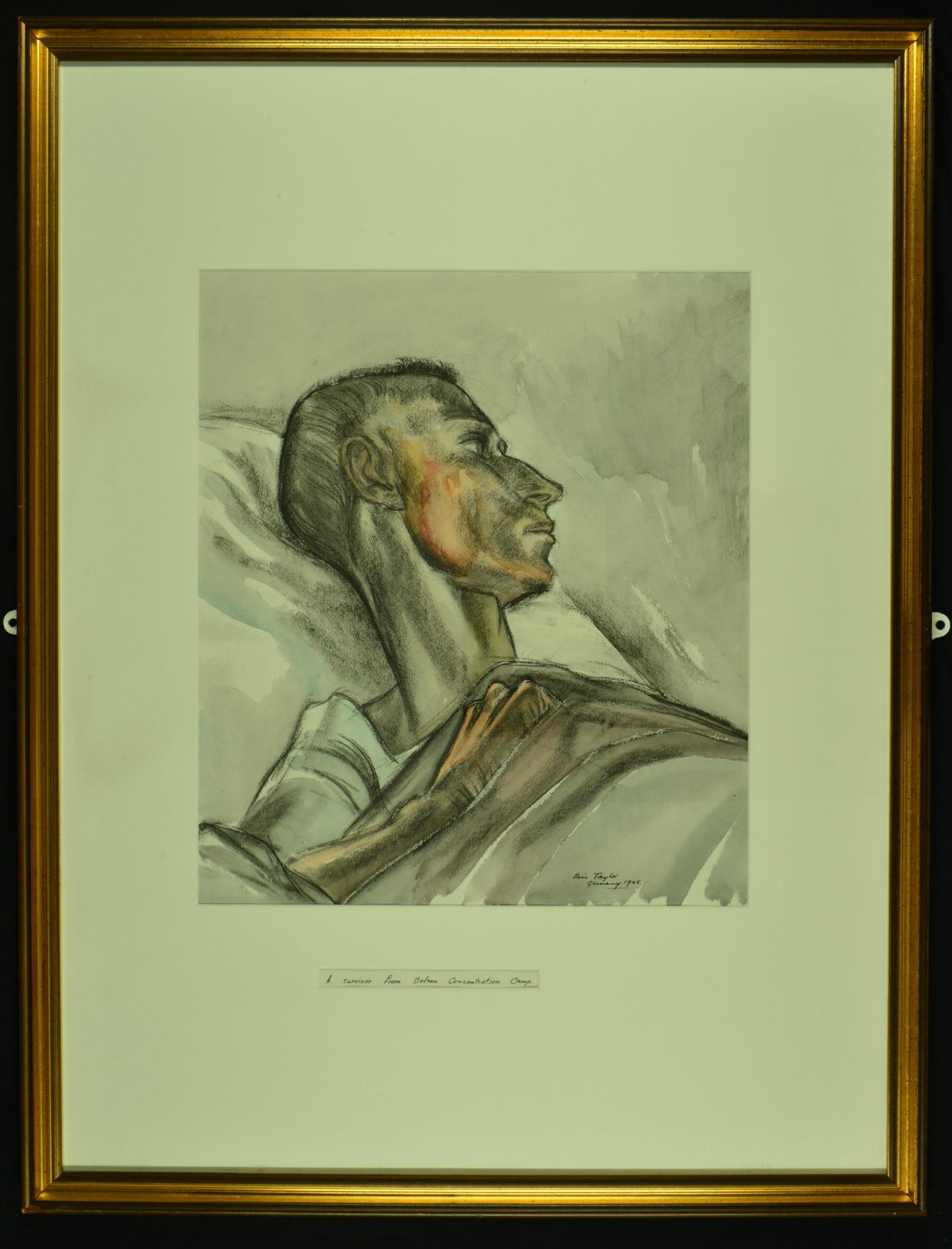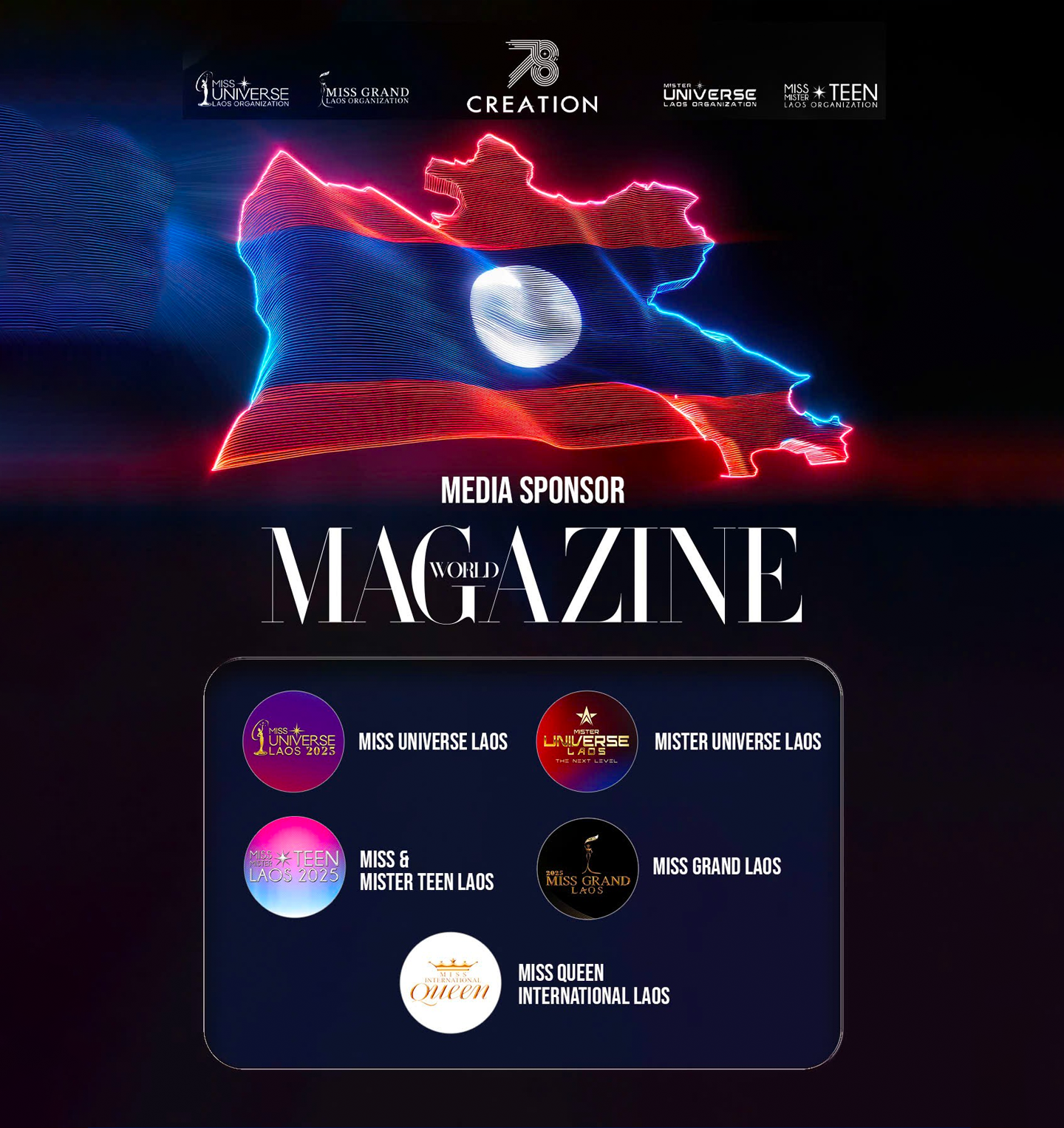Eighty years ago, in April 1945, the British Army liberated Bergen-Belsen, revealing a landscape of incomprehensible horror that shocked the world and defined the final days of the Second World War. Today, an exhibition in London is commemorating that anniversary by taking a necessary “fresh look” at the camp, moving beyond the familiar images of overwhelming suffering to focus on individual stories. Titled “Traces of Belsen,” the show at the Wiener Holocaust Library centers on the extraordinary paintings of Eric Taylor, a British soldier-turned-artist who was among the liberators. Taylor’s portraits, created from immediate field sketches, captured the faces of survivors with stark, powerful humanity. These rare, essential artifacts serve as both a record of atrocity and a testament to individual endurance, bearing inscriptions that reflect the devastating paradox of liberation itself—a reprieve that arrived too late for so many victims of Nazi brutality.
The Soldier-Artist: Chronicling the Moment of Liberation
The exhibition’s primary focus on the work of Eric Taylor highlights the unique and immediate role that art played in documenting the atrocities of Bergen-Belsen. Taylor was not just a civilian artist; he was a British soldier who entered the concentration camp as part of the liberation forces on April 15, 1945. What he witnessed transcended the standard battlefield experience, compelling him to use his skills as a portraitist to process and record the overwhelming scene.

Taylor’s process was rooted in necessity and immediacy. While in the camp and immediately after its liberation, he produced quick sketches of the survivors, capturing their faces before the effects of starvation, disease, or even death, could erase their individuality. He later returned to his studio to develop these field sketches into a series of paintings, transforming what he had seen into nine enduring works that now reside in the Wiener Holocaust Library’s collection. These works stand as a crucial historical record, distinguished by the fact that they were created by one of the individuals who first broke through the walls of horror, offering a perspective unlike that of a distant war artist.
The Paradox of Reprieve: Individualizing the Victims
The essence of Eric Taylor’s contribution lies in his deliberate act of individualization. In a camp where more than 50,000 prisoners of war and other inmates were killed, where faces were often reduced to the collective image of suffering, Taylor’s portraits force the viewer to see unique individuals. The curator of the exhibition noted that each of Taylor’s paintings serves the vital function of “distinguishing individuals from the wider horror” he encountered. This focus is key to understanding the profound impact of the Holocaust, ensuring that mass death is viewed through the lens of individual lives extinguished.
Yet, the works are also deeply intertwined with the theme of loss and the brutal “paradox of ‘liberation’,” as one curator described it. For thousands of inmates, the arrival of the British forces did not translate into immediate reprieve. Many were too ill or severely malnourished for freedom to offer any immediate use, dying in the weeks and months following the official liberation. Taylor’s haunting depictions capture this fragile, in-between state, where the promise of life struggled against the physical devastation wrought by starvation and disease, making the paintings a potent, heartbreaking commentary on hope deferred.
Inscriptions of Testimony: Horror and Defiance

The power of Taylor’s portraits is often amplified by the handwritten inscriptions he left beneath some of the works, which add layers of emotional and testimonial context. These inscriptions articulate the overwhelming nature of the events he witnessed and the survivors’ own desire for their suffering to be recorded. Under one portrait, Taylor inscribed his own harrowing reflection: “the unbelievable horror of Belsen was beyond human understanding.” This statement captures the trauma and incomprehension of the liberators, whose military experience could not have prepared them for the scale of depravity they encountered.
However, a different inscription offers a counterbalancing note of defiant hope, coming directly from a survivor. Below another portrait, a powerful message is recorded: “I am glad you are recording what they have done to me.” This statement is perhaps the most significant artifact of the collection. It transforms the subject from a passive victim into an active witness, articulating the fundamental human need for recognition, justice, and the perpetual remembrance of the crime. This sentiment emphasizes that the art of documentation—the act of recording their ravaged state—was viewed by the survivors as a crucial step toward accountability and historical truth.
The Rarity of Artifacts: Filling the Historical Gaps
The “Traces of Belsen” exhibition is critical because it brings together a collection of artifacts that are exceedingly rare, helping to fill significant gaps in the historical record of the camp. The scarcity of documents and objects stems from deliberate actions taken toward the end of the war. The Nazis, recognizing their impending defeat, ceased keeping records and actively destroyed what remained to conceal their crimes. In a subsequent public health measure, the British forces, after liberating the camp, were forced to burn the entire complex to prevent the widespread diseases, such as typhus and typhoid, from spreading further. This necessary destruction, while preventing epidemic, eliminated much of the physical evidence of the camp’s existence.
The exhibition, therefore, relies on fragile and often clandestine remnants. Beyond Taylor’s paintings, the show includes sketches created by a survivor of the camp, offering a viewpoint from inside the walls. It also features photographs of brutally treated Soviet prisoners of war, whose stories of suffering at Belsen are often overlooked in the broader historical narrative. The inclusion of these items, as the director noted, allows the exhibition to present a far more complex story than the single, overwhelming images of suffering typically associated with the camp’s liberation.
The Frank Connection: A Witness’s Diary
Among the most poignant documents on display is a diary that was clandestinely smuggled into the camp by Ruth Wiener, the daughter of the Wiener Holocaust Library’s founder, Alfred Wiener. The diary provides a rare, personal insight into the excruciating hardship of daily life for the Jewish prisoners at Belsen. Its contents help to reconstruct the daily reality of confinement, disease, and starvation, making the abstract concept of suffering tangible and relatable through the details of a young woman’s experience.
In a heartbreaking entry, Ruth Wiener documents an occasion where she recognized two young friends who had once lived in nearby Amsterdam—Anne and Margot Frank. The Frank sisters, whose story became globally known through Anne’s own diary, both tragically died at Bergen-Belsen in 1945. Ruth Wiener’s entry connects the exhibition to one of the most famous and widely understood narratives of the Holocaust. The inclusion of this diary entry is a powerful reminder that the faces captured by Taylor and the personal stories recorded by others belong to specific individuals whose lives were cut short, emphasizing the overwhelming human cost recorded at Belsen during its final, desperate months.




